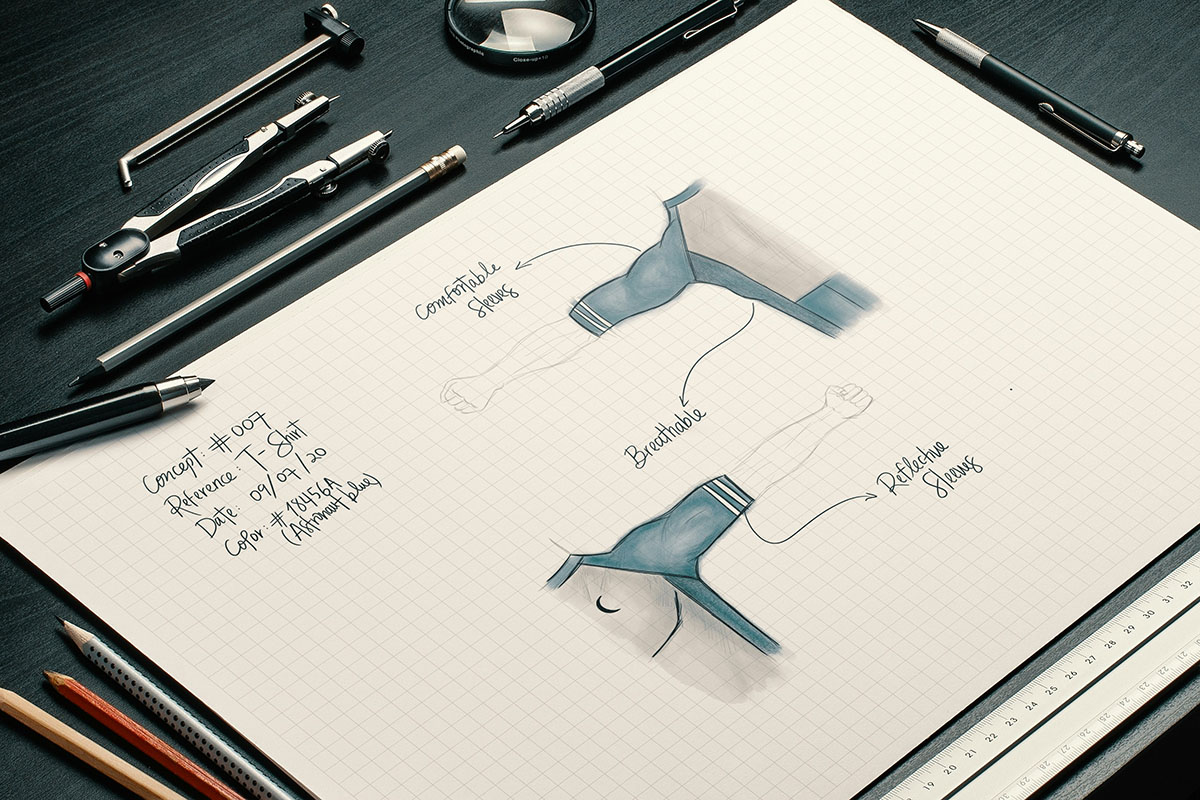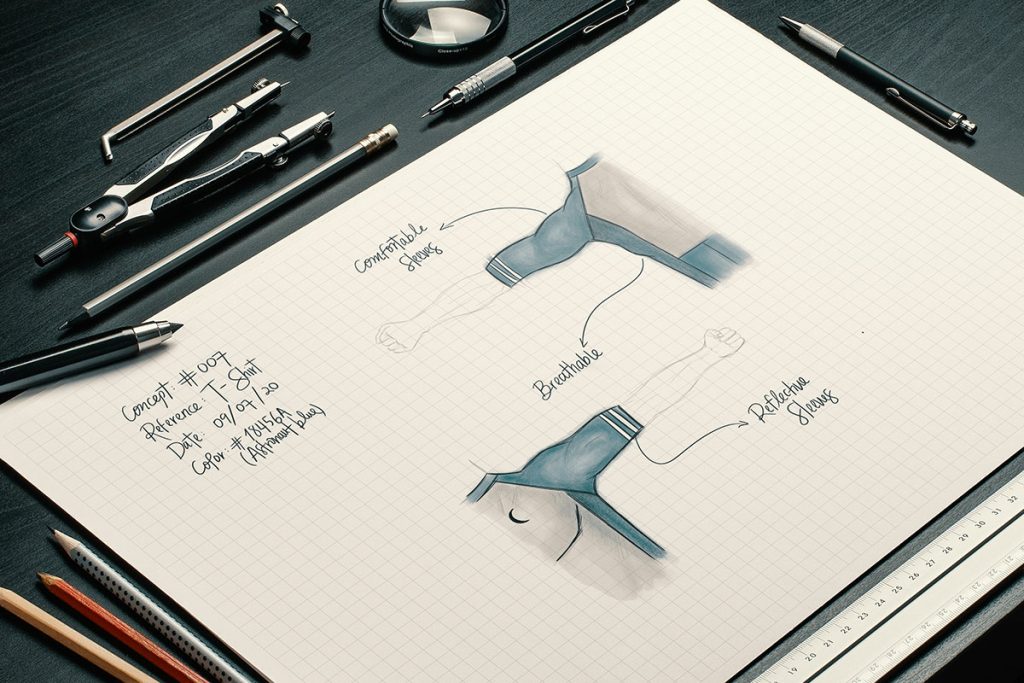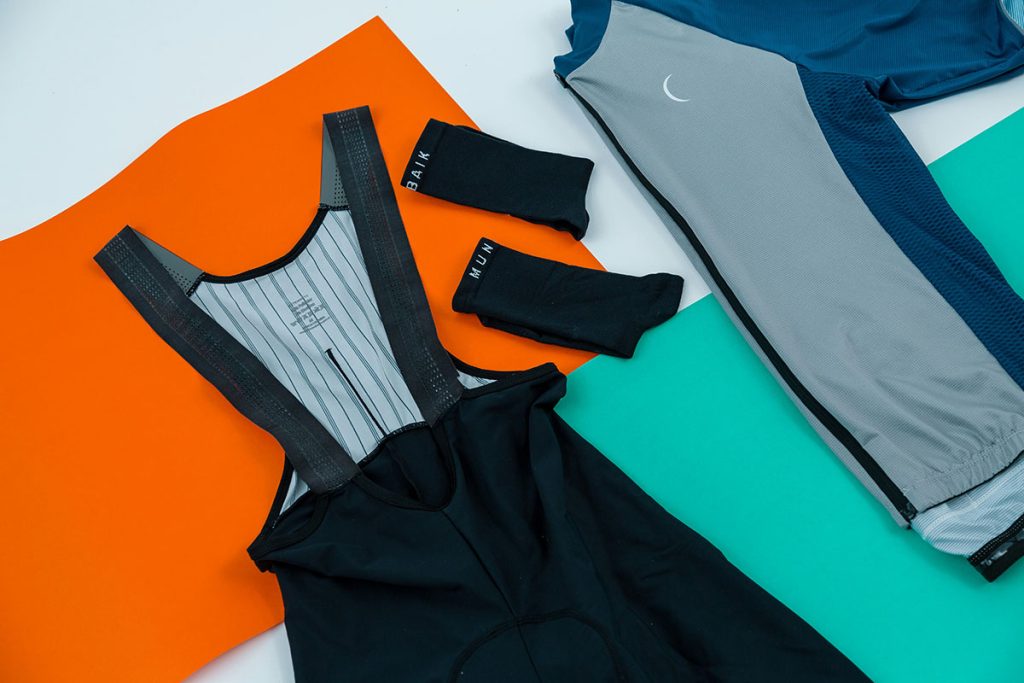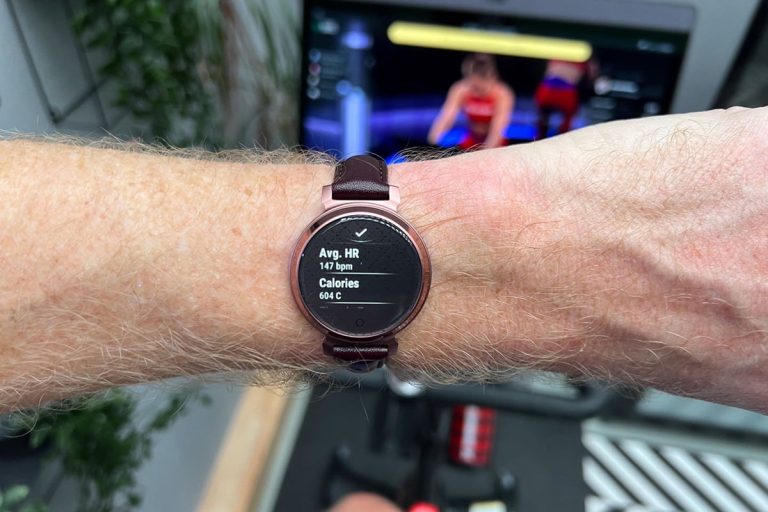
Winter fashion has undergone a remarkable transformation in recent years, moving far beyond traditional wool coats and down jackets. The emergence of heated clothing and climate-adaptive fabrics represents a revolutionary shift where technology seamlessly integrates with style, creating garments that actively respond to environmental conditions while maintaining contemporary aesthetics.
The Science Behind Heated Clothing Technology

Modern heated jackets utilize sophisticated heating elements that distribute warmth strategically across the body. These garments typically feature ultra-thin carbon fiber heating panels or conductive wire systems powered by rechargeable lithium-ion batteries. The technology has evolved from bulky, uncomfortable early versions to sleek designs that are virtually indistinguishable from conventional outerwear.
The heating elements are strategically placed in key areas where the body loses heat most rapidly: the chest, back, and collar zones. Advanced models include multiple heat zones with independent temperature controls, allowing wearers to customize warmth distribution based on activity level and environmental conditions. Battery life has improved dramatically, with premium models offering 8-12 hours of continuous heating on moderate settings.
Safety features have become paramount in heated clothing design. Modern garments incorporate automatic shut-off mechanisms, overheating protection, and water-resistant battery compartments. The integration is so seamless that many heated jackets are fully machine washable after removing the battery pack.
Climate-Adaptive Fabrics: Beyond Basic Heating
While heated jackets provide active warming, climate-adaptive fabrics represent a more nuanced approach to temperature regulation. These innovative materials respond dynamically to environmental changes and body temperature fluctuations without requiring external power sources.
Phase-change materials (PCMs) embedded within fabric fibers absorb excess body heat when temperatures rise and release stored thermal energy when conditions become cooler. This creates a natural temperature buffering effect that maintains comfort across varying conditions. Some fabrics incorporate microcapsules containing paraffin or other phase-change substances that activate at specific temperature thresholds.
Moisture-wicking technology has also advanced significantly, with new synthetic fibers that actively transport perspiration away from the skin while maintaining insulation properties. These fabrics create a microclimate between the garment and wearer, optimizing comfort regardless of activity level or external temperature.
Fashion Meets Function: Style Evolution in Tech Wear

The aesthetic evolution of heated clothing has been remarkable. Early versions were unmistakably technical, featuring obvious battery compartments and heating panels that disrupted the garment’s silhouette. Contemporary designs prioritize style without compromising functionality.
Leading fashion brands have embraced heated technology, creating pieces that wouldn’t look out of place on urban streets or in professional settings. Sleek urban parkas with concealed heating elements, sophisticated wool-blend coats with integrated warming systems, and athletic-inspired jackets that transition seamlessly from outdoor activities to casual wear represent the current state of heated fashion.
Color palettes have expanded beyond traditional black and navy to include contemporary neutrals, bold accent colors, and even seasonal fashion colors. Designers are incorporating heated elements into various silhouettes, from fitted blazers to oversized cocoon coats, proving that technology can enhance rather than constrain creative expression.
Real-World Performance Testing

Extensive field testing reveals significant differences in performance across various heated clothing options. Premium models consistently maintain target temperatures while offering intuitive controls and reliable battery performance. Mid-range options provide adequate heating but may struggle with even heat distribution or battery longevity.
User feedback consistently highlights the importance of heating zone placement and control accessibility. Models with chest-level control panels receive higher satisfaction ratings than those requiring users to access controls on the sleeve or in pockets. Battery placement also affects comfort, with designs featuring distributed power sources performing better than those with single, centralized battery packs.
Weather resistance varies considerably across brands and price points. While most heated jackets offer basic water resistance, truly waterproof options remain limited. This represents an ongoing challenge for manufacturers balancing protection, breathability, and heating element integration.
Market Leaders and Innovation
Several brands have emerged as pioneers in the heated clothing space. Established outdoor companies leverage their expertise in performance fabrics and weather protection, while newer tech-focused brands prioritize innovative heating systems and smart features.
Recent innovations include smartphone app integration for remote temperature control, GPS-based automatic heating adjustments, and biometric sensors that respond to heart rate and body temperature. Some premium models feature predictive algorithms that anticipate heating needs based on weather forecasts and user activity patterns.
The luxury market has also embraced heated technology, with high-end fashion houses incorporating discreet heating elements into designer outerwear. These pieces command premium prices but offer unparalleled style integration and material quality.
The Future of Climate-Responsive Fashion
The trajectory of climate-adaptive clothing points toward increasingly sophisticated integration of technology and fashion. Emerging developments include solar-powered heating systems, shape-memory alloys that adjust garment fit based on temperature, and smart fabrics that change color or pattern in response to environmental conditions.
Sustainability considerations are driving innovation in eco-friendly heating elements and recyclable battery technologies. Brands are exploring biodegradable phase-change materials and energy-harvesting systems that reduce reliance on conventional batteries.
The convergence of fashion, technology, and environmental consciousness suggests a future where clothing actively participates in personal climate control while maintaining the aesthetic and cultural significance that defines fashion.
Frequently Asked Questions
Q: How long do heated jacket batteries typically last?
A: Most quality heated jackets provide 4-8 hours of heating on moderate settings, with premium models offering up to 12 hours of battery life.
Q: Are heated jackets safe to wear in rain or snow?
A: Yes, most heated jackets feature water-resistant heating elements and battery compartments, though full waterproof protection varies by model.
Q: Can heated clothing be machine washed?
A: Most heated garments are machine washable after removing the battery pack and following manufacturer care instructions.
Q: Do climate-adaptive fabrics work without batteries?
A: Yes, phase-change materials and moisture-wicking fabrics regulate temperature naturally without requiring external power sources.
Q: How much do quality heated jackets cost?
A: Prices range from $100-200 for basic models to $400-800 for premium heated jackets with advanced features and designer styling.


